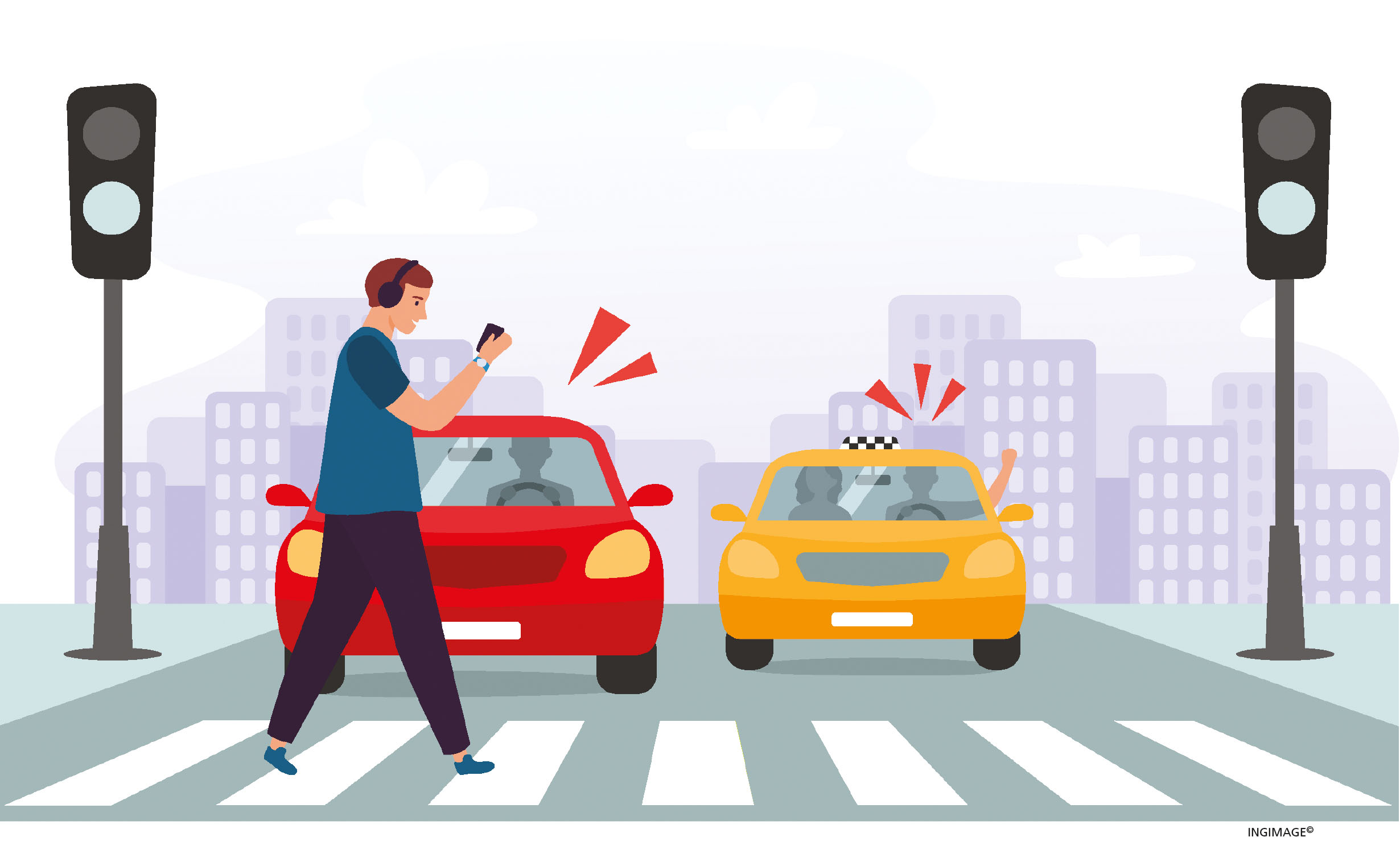TRAFFIC TECHNOLOGY
Make Our Roads Safe Again
Ruwandi Perera writes that digital technologies can help us drive and live

More than a million people die annually as a result of road accidents; and even though mobility has reduced drastically during the pandemic, the number of accidents hasn’t declined by as much as one would expect.
Before the pandemic, road accidents were deemed a leading killer of young people aged between five and 29, mainly impacting vulnerable road users such as pedestrians, cyclists and motorcyclists.
The UN has named 15 November as World Day of Remembrance for Road Traffic Victims, and set a target of halving the number of global deaths and injuries from road traffic crashes by 2030.
With driverless vehicles gaining ground and flying cars appearing on the horizon, you’d think that accidents would be a thing of the past.
However, speeding, drink-driving, distractions at the wheel, and non-use of helmets and seatbelts are among the main driver-led causes of accidents, while unsafe road infrastructure, faulty vehicles, inadequate post-crash care and regulatory inefficiencies also pack a deadly punch.
There’s been plenty of discussion and action taken regarding the use of technology to combat road accidents especially in urban areas.
The 2019 ‘Road Safety and Digital Innovation: Asia-Pacific Conference’ in Shanghai was a key event that witnessed multiple parties discussing how to use technologies such as smart traffic light control systems, AI, telematics and automation to improve road safety.
In addition to highlighting technological breakthroughs, the conference also shed light on the importance of collecting, collating and using data on vehicles, driver behaviour, road conditions, and even weather warnings, to predict and prevent road accidents.
Research conducted by the Open University of Catalonia analysed hours of footage and photographs of two of Spain’s largest cities, using AI and machine learning to find patterns in road accidents. They discovered that cluttered environments with lots of billboards, shops, street furniture and even art distracted drivers, causing more accidents in urban areas.
There’s also thermal imaging, which adds a sixth sense when exploring accident-prone areas.
Thermal imaging cameras can detect problematic phenomena such as pedestrians, cyclists and runners, and warn drivers. What’s most impressive about thermal cameras is that they can function amid smoke, glare, rain, snow or even a storm.
South Korea deployed a black box of sorts for its taxis back in 2008. It’s a video recording device with an acceleration sensor and a GPS receiver module. This project helped gather extensive information, which was then used to predict potential accidents.
Recently, a startup named Provizio developed a five dimensional accident prevention platform that uses AI to predict and prevent accidents.
The benefits of road insights thanks to artificial intelligence also spill over to city planning.
Architects, engineers, transport authorities and urban planning experts are given data with high detail and definition to ensure that road safety is assured from the initial steps of infrastructure development planning.
With many companies manufacturing self-driving cars, we’re bound to wonder whether accidents will be a rare exception. However, self-driving cars aren’t entirely autonomous, and rely on the driver to quickly and effectively take control when needed.
These cars will have all the necessary equipment to enjoy a 360 degree view of the road and its surroundings, and be able to greatly reduce the element of human error. They will not run the risk of distraction or intoxication and can effortlessly adhere to speed limits while maintaining lane discipline.
However, the Insurance Institute for Highway Safety (IIHS) says that most self-driving cars still can’t prevent common motor accidents. Yet, first impressions shouldn’t last since the technology seems to be accelerating faster than any car.
Although technology does promise us safer road travel in the future, reducing accidents requires a holistic effort. Proper city planning, safer roads and pavements, safety centric vehicles and safety conscious road users are all part of the solution.
Furthermore, inclusive road safety education, public-private collaboration and the commitment of all stakeholders – from drivers, passengers and pedestrians, to traffic controllers, street vendors and road workers – is needed as well.
Technology will enable road safety but it won’t solve the problem of accidents without the active participation of humans.




